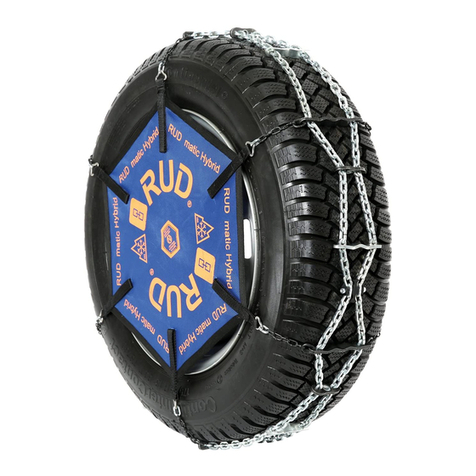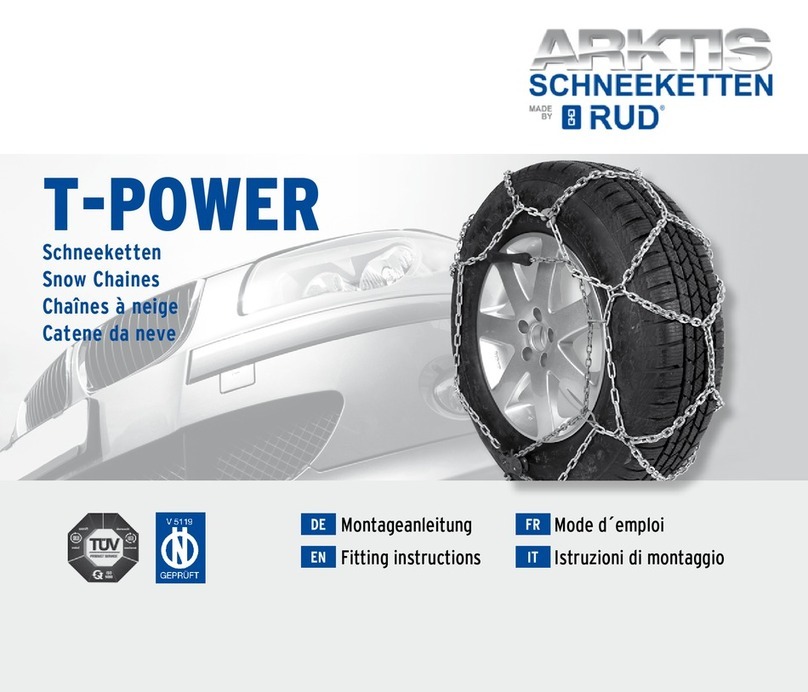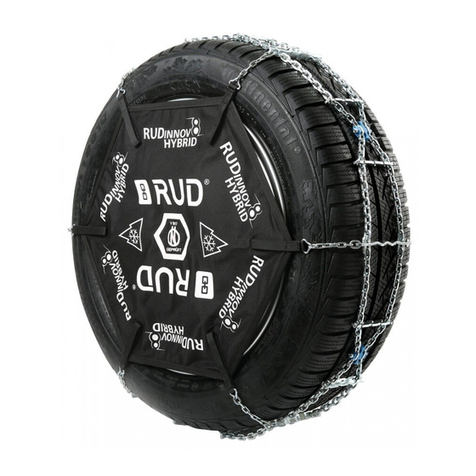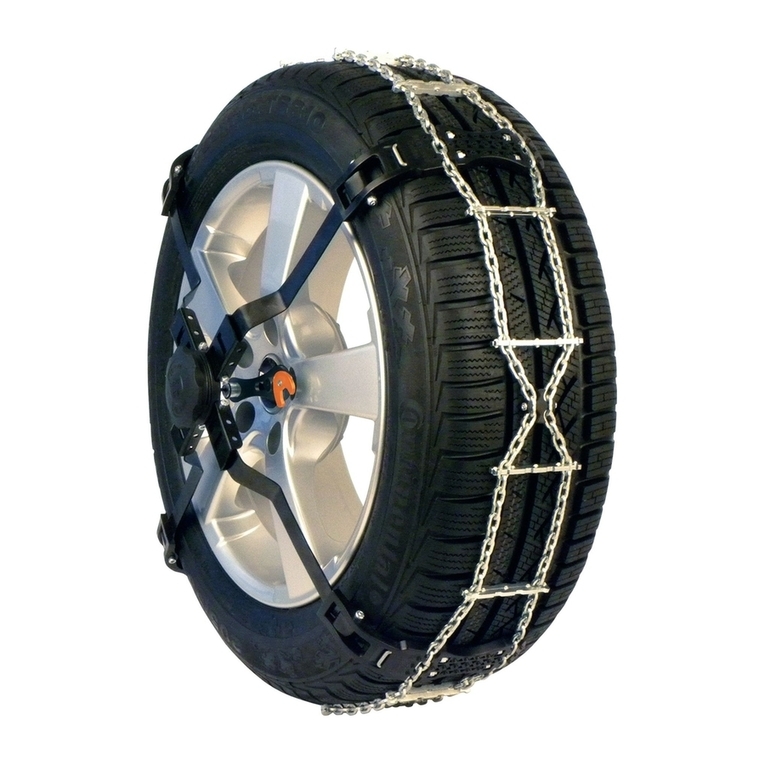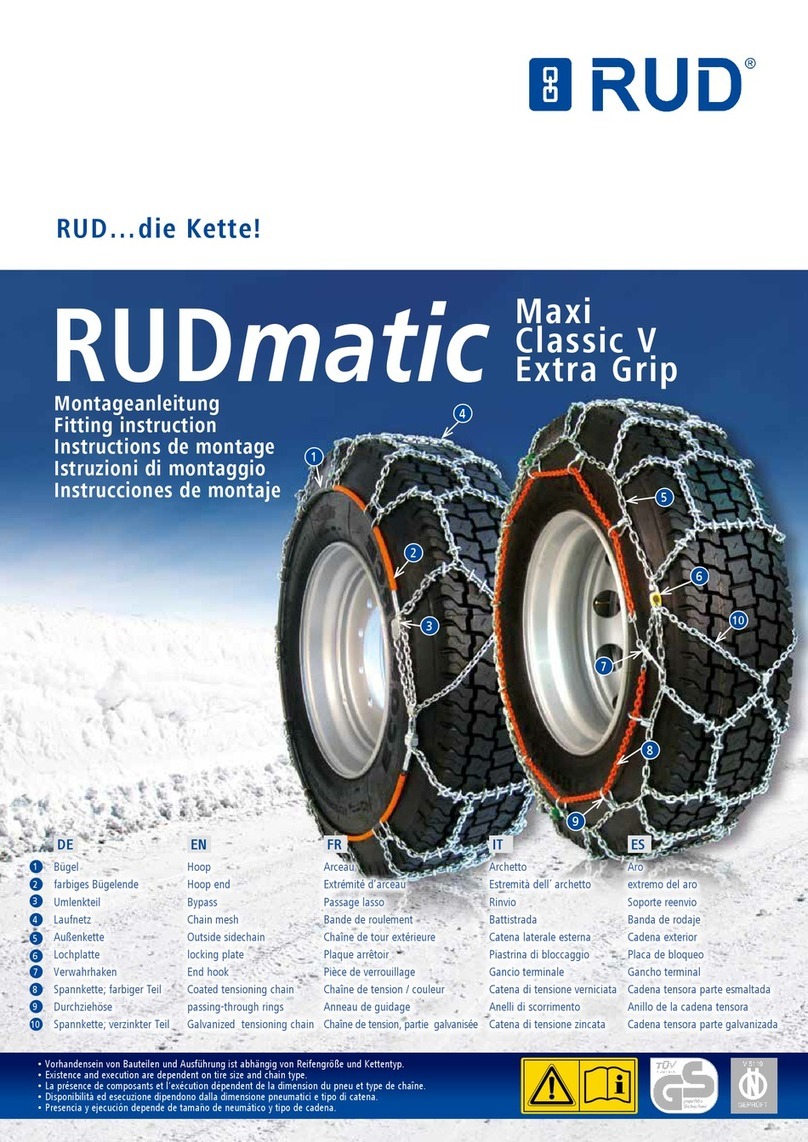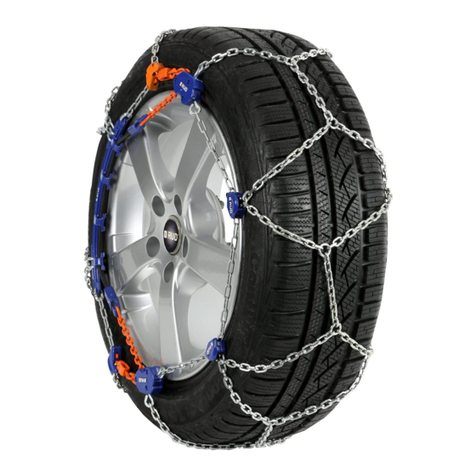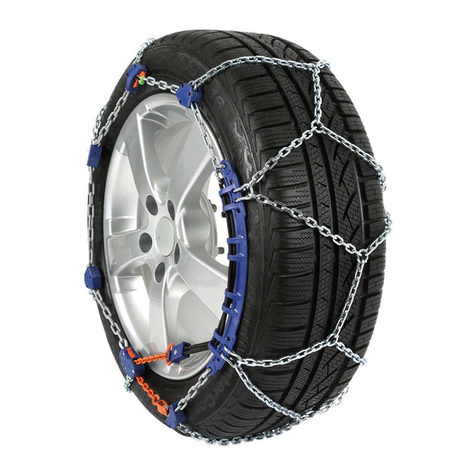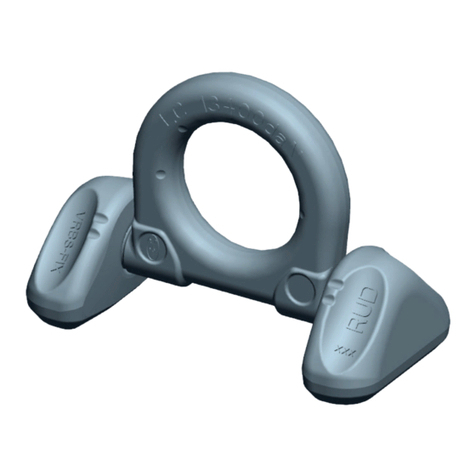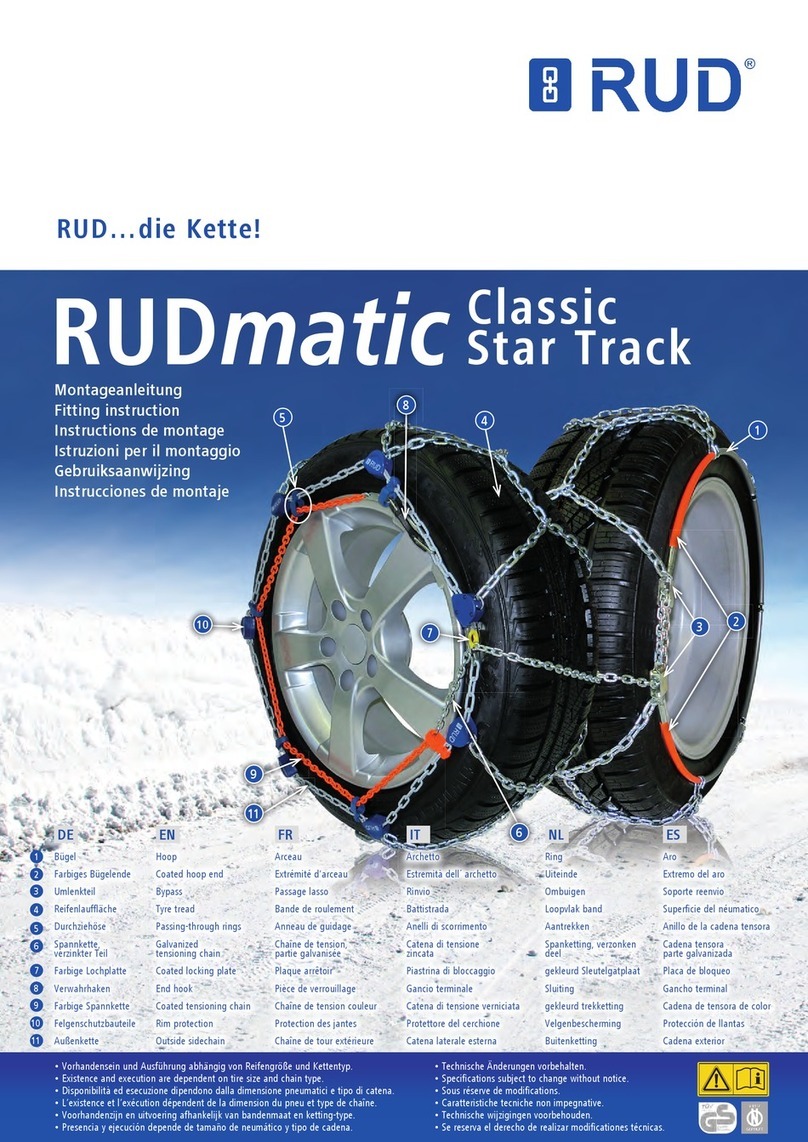
2VLBS-U-LT
This user manual contains information about
the correct and safe use of VLBS-U-LT.
Read the user manual carefully and in full
before using the RUD lifting point VLBS-U-
LT. Ensure that you have understood all the
contents. If you need further information,
ask your RUD retailer or RUD application
engineer.
Non-observation of the instructions can
lead to injuries or damage and will invali-
date the guarantee.
If doubtful or misunderstanding the German
version of this document is crucial.
1 Safety instructions
ATTENTION
Wrong assembled or damaged lifting points
as well as impropriate use can lead to
injuries of persons and property damage
when loads falls.
Inspect all lifting points before each use
carefully!
• Withdraw all body parts (ngers, hands, arms etc.)
from the danger zone during the lifting process (risk
of squeezing).
• The RUD lifting points VLBS-U-LT must only be
used by competent and designated persons which
have been trained and taking into account the DGUV
109-017, and outside Germany by respecting the
country specic regulations.
• Do not exceed the working load limit (WLL) indi-
cated on the lifting point.
• No technical alterations must be implemented on
the VLBS-U-LT.
• No persons are allowed in the danger zone.
• Staying below suspended loads is prohibited.
• Jerky lifting (strong impacts) should be prevented.
• Always ensure a stable position of the load when
lifting. Swinging must be prevented.
• Damaged or worn VLBS-U-LT must not be used.
2 Intended use
• The RUD VLBS-U-LT lifting point must only be used
for the assembly at loads or lifting means.
• The VLBS-U-LT is for the attaching of loads.
• The RUD lifting points can also be used as lashing
points for the attachment of lashing means.
• RUD lifting points must only be used for the inten-
ded described usage.
3 Assembly and user instruction
3.1 General information
• Capability of temperature usage:
RUD lifting points VLBS-U-LT are suitable for the
temperature range from -45°C up to 400°C. When
used in temperatures higher than 200°C, the WLL
of the lifting point must be reduced as follows:
-45°C up to 200°C no reduction
200°C up to 300°C minus 10 %
300°C up to 400°C minus 25 %
Temperatures higher than 400°C are prohibited!
HINT
The VLBS-U-LT can be recognized by the
additional marking (-45°C) at the weld-on
block.
HINT
VLBS-U-LT lifting points can be stress-
relieved one-time together with the load (f.e.
as part of a welding construction), when
unloaded, one-time stress relieved.
(Temperature <600°C /1100°F - max. 1 hour)
Ability verification of the used welding
material must be determined with the cor-
responding supplier of electrodes resp.
welding ller manufacturer.
Impact energy >= 27 Joule at -45°C
• RUD lifting points VLBS-U-LT must not be used
in combination with aggressive chemicals (acids,
alkaline solutions and vapours).
• The places where the lifting points are xed should
be marked with colour
• The VLBS-U-LT has a protect on the inside po-
sitioned spring, which holds the load ring in the
desired position.
• The parts of the VLBS-U-LT are connected captive
and will be supplied assembled as a complete unit.
3.2 Hints for the assembly
Basically essential:
• The material construction to which the lifting point
will be attached should be of adequate strength to
withstand forces during lifting without deformation.
CONTENT
1 Safety instructions 2
2 Intended use 2
3 Assembly and user instruction 2
3.1 General information ..................................................2
3.2 Hints for the assembly ..............................................2
3.3 Hints for the welding .................................................3
3.4 Hints for the usage ...................................................4
4 Inspection / repair / disposal 4
4.1 Hints for periodical inspections.................................4
4.2 Test criteria for the regular visual inspection by the
user...........................................................................4
4.3 Additional test criteria for the
competent person / repair worker.............................4
4.4 Disposal....................................................................4

